Are you looking for the perfect cutting board to enhance your cooking experience?
In this Hinoki vs Rubber cutting board comparison, we will compare the pros and cons of Hinoki and Rubber cutting boards, helping you make an informed decision.
Whether you prioritize durability, hygiene, or ease of maintenance, we’ve got you covered.
Discover which cutting board best suits your needs and take your culinary skills to the next level.
Let’s dive in and find the perfect cutting board for you in this Hinoki vs Rubber cutting board battle!
Key Takeaways
- Hinoki cutting boards have natural antimicrobial properties and are gentle on knives. But they require regular maintenance and are more expensive.
- Rubber cutting boards are non-porous, easy to clean, and durable for heavy-duty use. But they may not be aesthetically pleasing and have limited design options.
- Factors to consider in choosing a cutting board include durability, maintenance, personal preferences, resistance to knife marks, and dishwasher safe features.
- Choosing the perfect cutting board requires considering durability, maintenance, personal preferences, and enhancing cooking skills.
Pros and Cons of Hinoki Cutting Boards
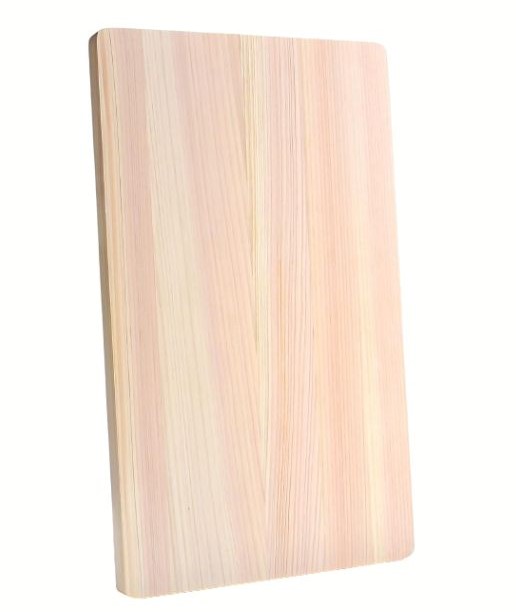
There are several pros and cons to using Hinoki cutting boards. When it comes to serving others, Hinoki cutting boards have some great advantages.
First of all, they are known for their natural antimicrobial properties. This means they can help prevent the growth of bacteria. This is especially important when preparing food for others, as it reduces the risk of foodborne illnesses.
Additionally, Hinoki cutting boards are gentle on knives, which means they won’t dull the blades as quickly. This is important when you need to make precise cuts for presentation purposes.
However, it’s worth noting that Hinoki cutting boards require regular maintenance, such as oiling, to keep them in good condition. They are also more expensive compared to other types of cutting boards.
But if serving others is your priority, these boards are definitely worth considering.
 YAMASAN KYOTO UJI Hinoki Cutting Board
YAMASAN KYOTO UJI Hinoki Cutting Board When it comes to craftsmanship, the YAMASAN KYOTO UJI Hinoki Cutting Board is in a league of its own. Meticulously designed, it provides a superior cutting surface that's a dream for culinary creations. Imagine the precision of your knife as it glides effortlessly through vegetables, meats, or herbs on this exquisite board. It's not just a kitchen tool; it's a statement of culinary dedication and a nod to the rich tradition of Japanese craftsmanship.
- Product Dimensions: 15.35"L x 8.66"W x 0.59"Th
- Item Weight: 1.2 Pounds
- Material: Wood
- Color: Hinoki Wood
- Natural antimicrobial properties enhance food safety.
- Gentle on knives, preserving blade sharpness for precision.
- Ideal for presentation and serving.
- Reduces the risk of foodborne illnesses.
- Crafted from high-quality Hinoki wood for a unique, aesthetic kitchen addition.
- Requires regular oiling for optimal upkeep.
- Higher cost compared to alternative cutting boards.
Pros and Cons of Rubber Cutting Boards
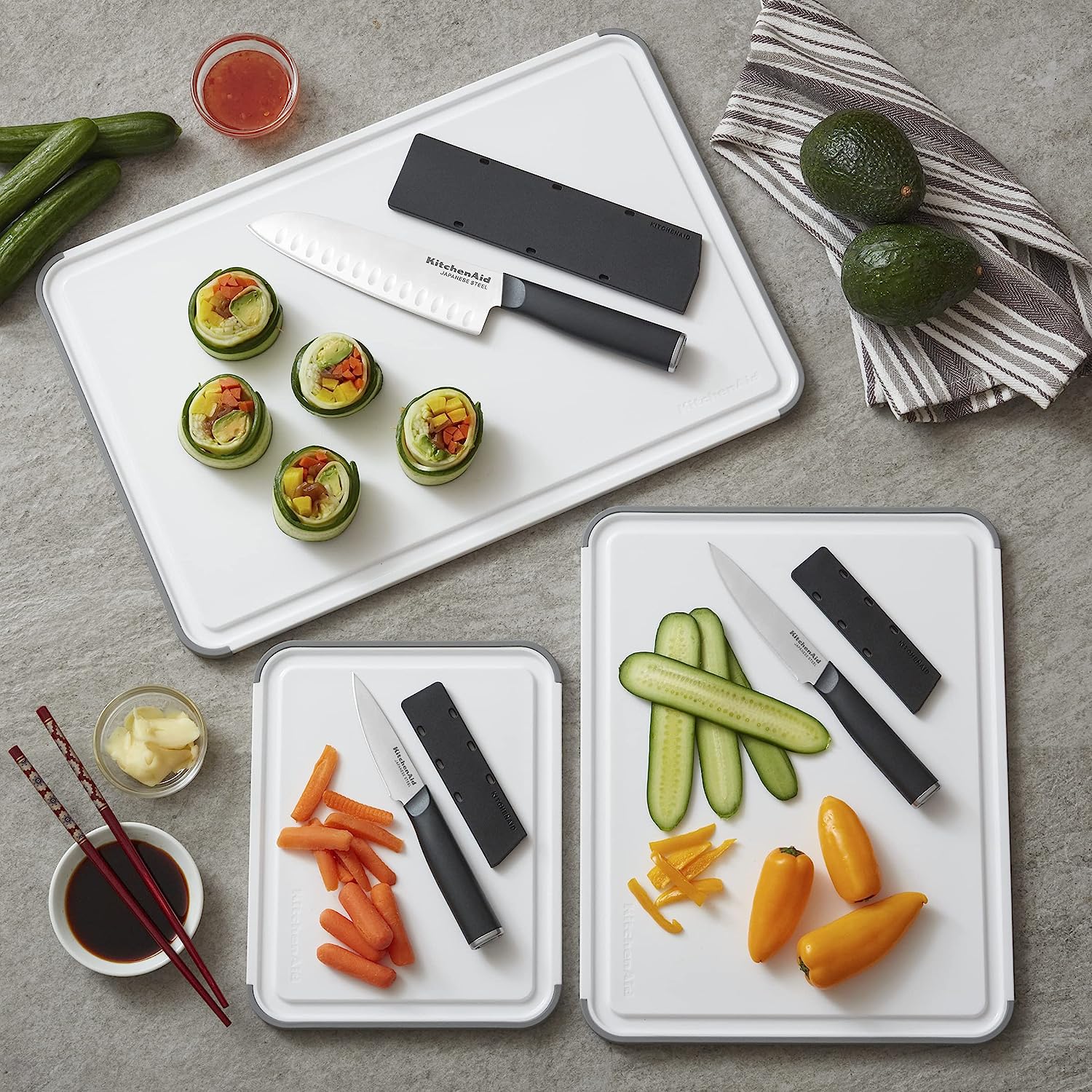
When considering a new cutting surface, weighing the advantages and disadvantages of using a rubber cutting board is important.
Rubber cutting boards offer several benefits, making them popular in many kitchens. Firstly, rubber is a non-porous material, which means it doesn’t absorb liquids or odors. This makes it easy to clean and maintain hygiene.
Additionally, rubber cutting boards are gentle on knife blades, reducing the risk of dulling or damaging them. Another advantage is that rubber boards provide a good grip. This prevents them from slipping or sliding while you’re chopping ingredients, ensuring safety during food preparation.
However, it’s worth noting that rubber cutting boards may not be as aesthetically pleasing as other materials. They can show signs of wear and tear over time.
Overall, rubber cutting boards are a practical choice for those who prioritize functionality and ease of use in the kitchen.
 KitchenAid Classic Plastic Cutting Board
KitchenAid Classic Plastic Cutting Board Discover KitchenAid's nonslip cutting boards, designed for precision in cutting, slicing, and chopping. The nonslip edges provide stability, while the perimeter trench aids liquid collection. Engineered for durability and knife-friendly use, these boards are dishwasher safe for easy maintenance. Elevate your kitchen with versatile and reliable cutting boards—upgrade your culinary essentials today!
- Item Weight: 2.78 Pounds
- Product Dimensions: 18.11"L x 12.01"W x 0.59"Th
- Material: Plastic
- Color: White
- Special Feature: Non Slip
- Versatile design for slicing, dicing, mincing, and chopping.
- Nonslip edges for stability and control.
- Durable with liquid-collecting trench.
- Knife-friendly construction.
- Dishwasher-safe for easy cleanup.
- Durability concerns over time, common with plastic boards.
- No size options specified in the product description, limiting choices.
Hinoki Vs Rubber Cutting Board: The Verdict
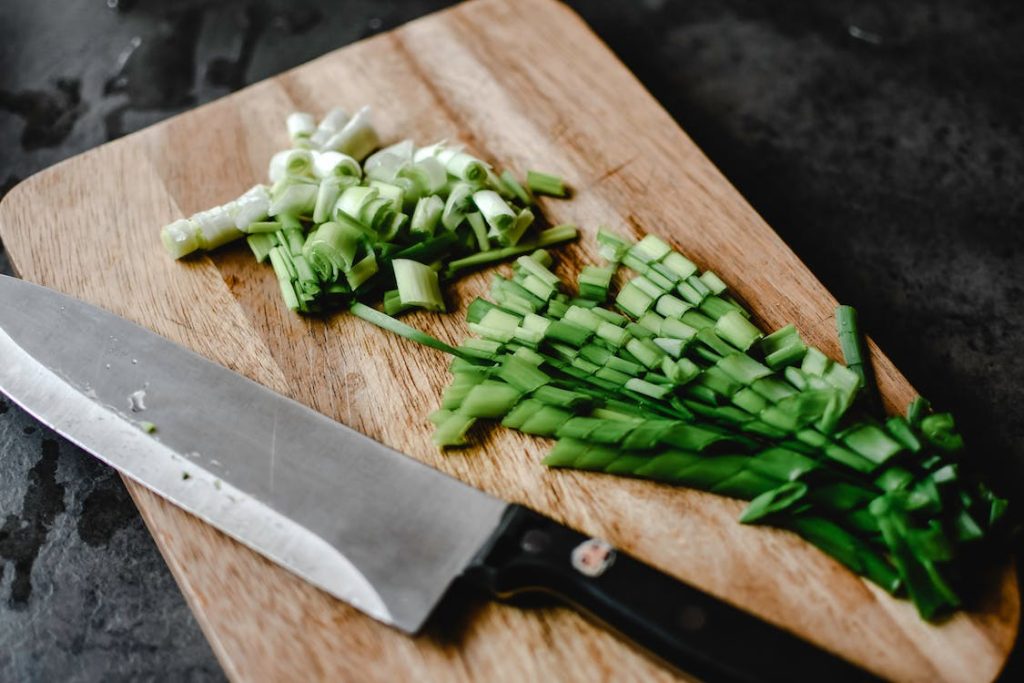
Finding the perfect cutting board that suits your needs is all about considering a few important factors: durability, maintenance, and personal preferences.
When it comes to serving others, durability is a key aspect to keep in mind. Rubber cutting boards are excellent in this regard.
They are known for their long-lasting quality and ability to resist knife marks. This makes them a reliable choice for heavy-duty use.
Also, easy maintenance is a big plus when you’re serving others. That’s where rubber cutting boards shine with their dishwasher-safe feature, allowing for hassle-free and convenient cleaning.
Beyond that, your personal preferences really matter when selecting the right cutting board. Rubber cutting boards are a top choice for those who prefer a softer texture and cushioning properties, as they are gentle on knife edges and can help prevent accidents.
By considering the factors in this Hinoki vs Rubber cutting board comparison, you can make sure you find the perfect cutting board that meets your needs and lets you serve others effectively. Happy cooking!




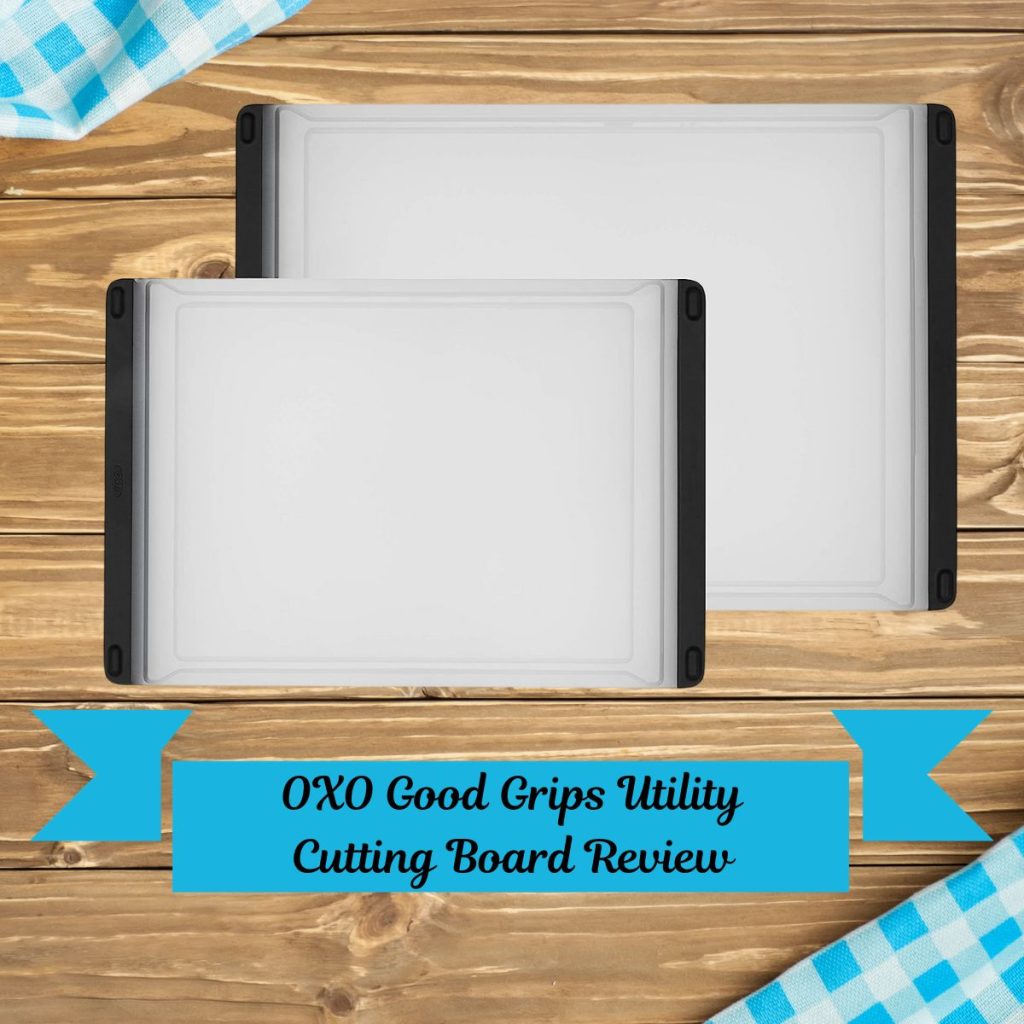

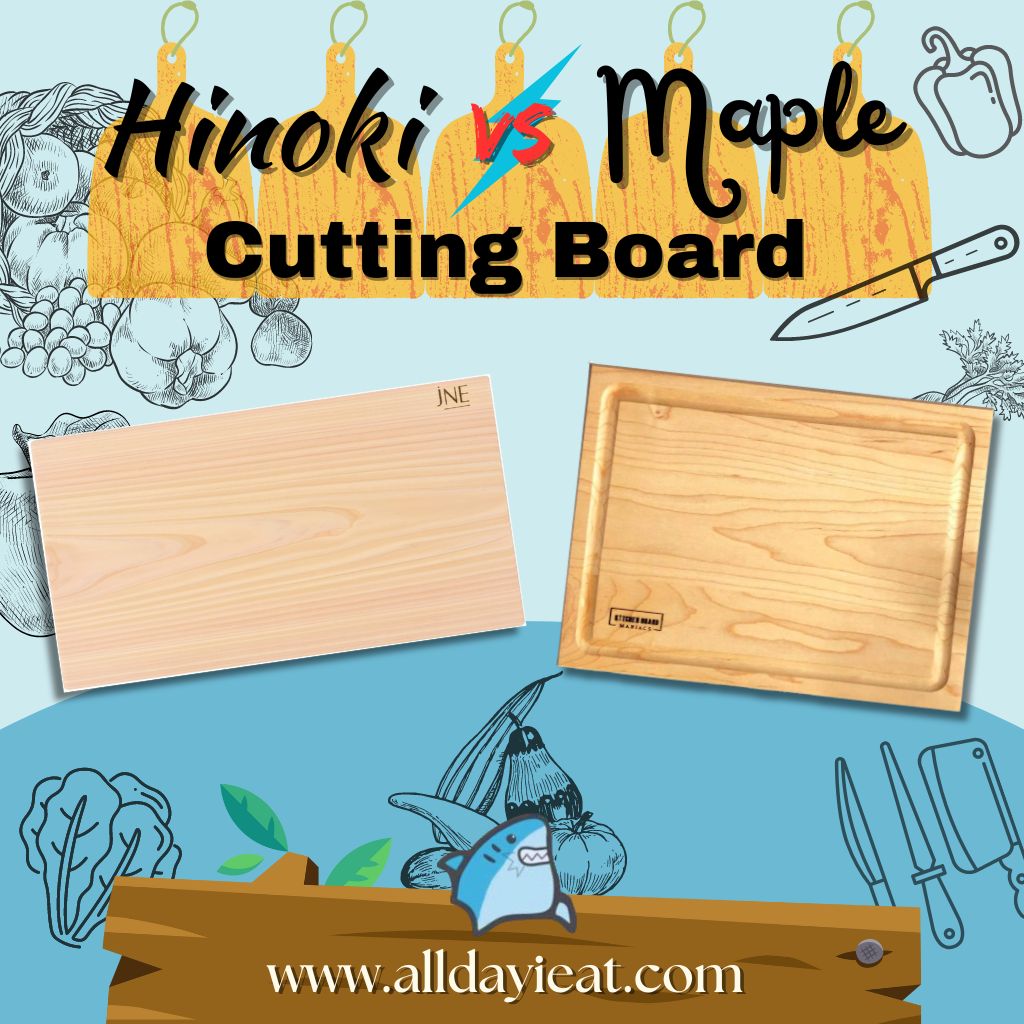
Konnichiwa! (Hello!) I'm Pat Tokuyama, a Japanese tofu cookbook author, who travels for music, food, and adventure. If you like Japanese tea, checkout some of the newestorganic japanese tea, matcha bowls and noren and more!
** Curious about the Plant Based Japanese Cooking Club? ** Learn more here!